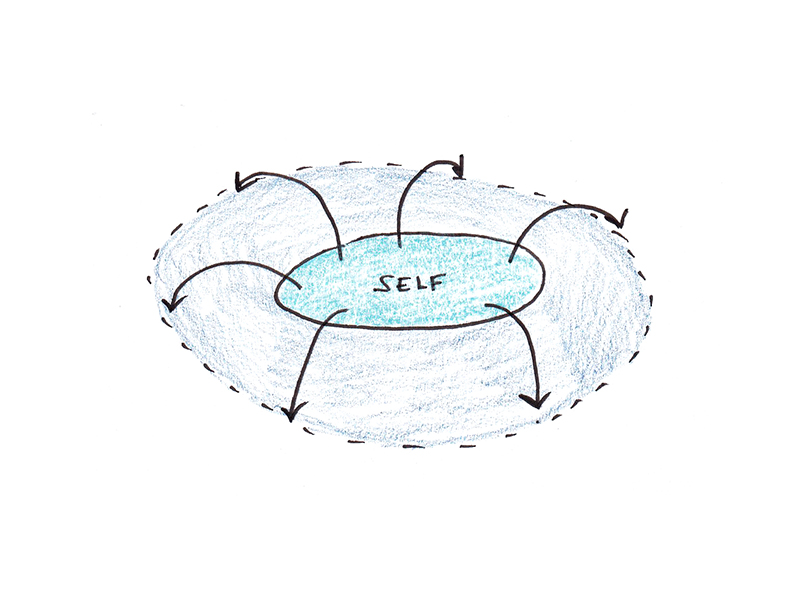7 Books (and 1 Paper) on How to Have Better Relationships
I’m wrapping up the ninth month of my year long Foundations project. This month’s focus was connection—improving the closest relationships in your life. As part of my efforts this month, I read seven books, including one textbook, on the topic. For those interested, here are my previous reading lists about fitness, productivity, money, food, reading, […] The post 7 Books (and 1 Paper) on How to Have Better Relationships appeared first on Scott H Young.
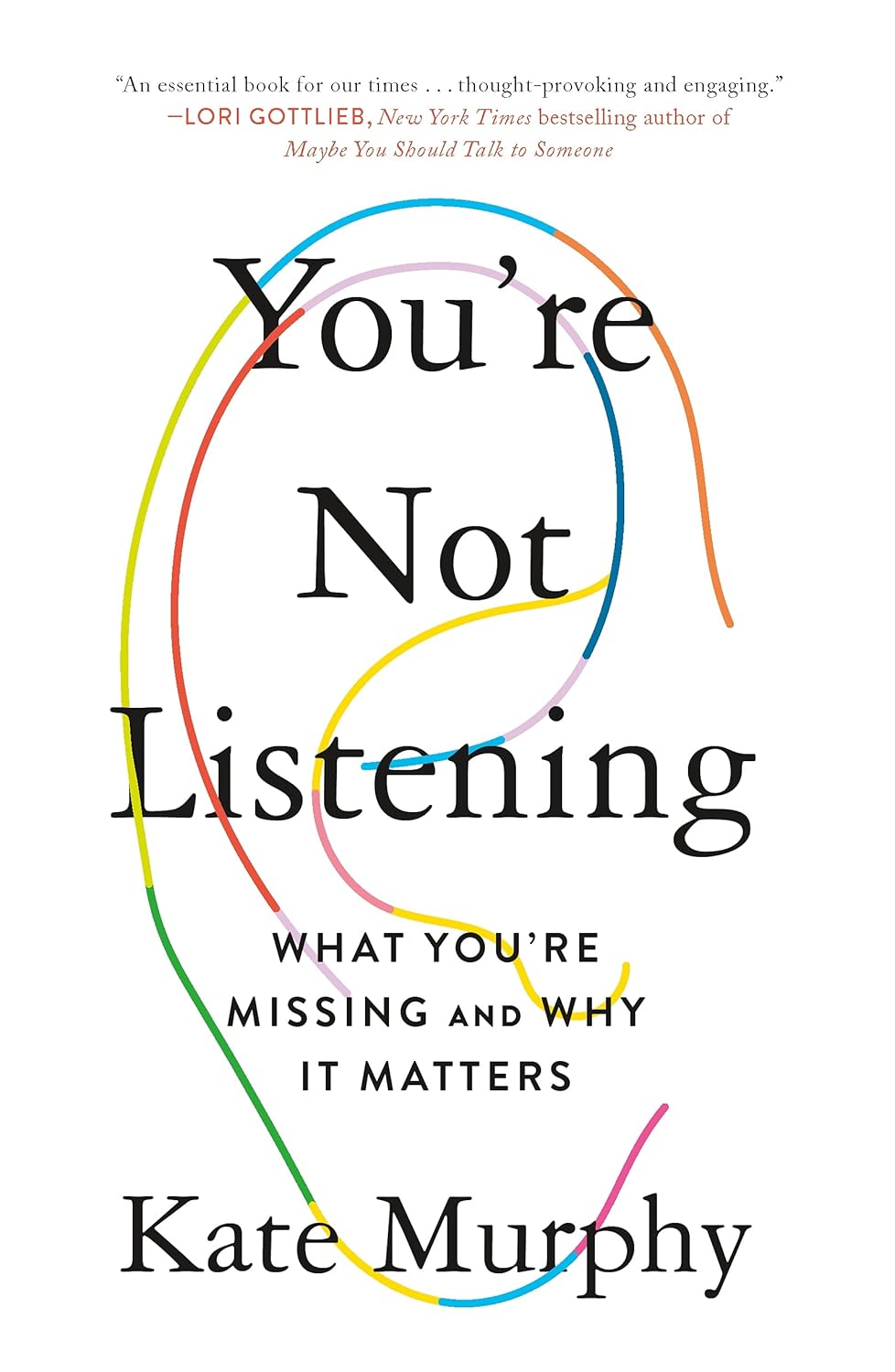
I’m wrapping up the ninth month of my year long Foundations project. This month’s focus was connection—improving the closest relationships in your life. As part of my efforts this month, I read seven books, including one textbook, on the topic.
For those interested, here are my previous reading lists about fitness, productivity, money, food, reading, outreach, sleep and reflection.
The 1-Minute Summary of What I Learned
Relationships matter a lot. Not only are relationships one of the best predictors of happiness and well-being (married people are consistently much happier on average than single people), but they matter for your health. Bad relationships are associated with poorer health outcomes, and social isolation is about as bad for you as smoking a pack of cigarettes every day.
How do you have good relationships?
- It helps to have good genes. Personality is associated with good relationships. People high in agreeableness, low in neuroticism and high in conscientiousness fare better. And, of course, personality is at least moderately heritable.
- Keep it positive. Marriages succeed when the ratio of positivity to negativity is at least 5:1.
- Keep your temper in check. It’s a myth that you need to “let out steam.” Expressing anger tends to make you more angry. Collecting yourself before you engage is better than responding out of anger.
- But avoiding conflict isn’t great either. All relationships have conflicts, but it seems like how those conflicts are managed matters more than the conflicts themselves.
Notes on the 7 Books I Read
1. You’re Not Listening by Kate Murphy
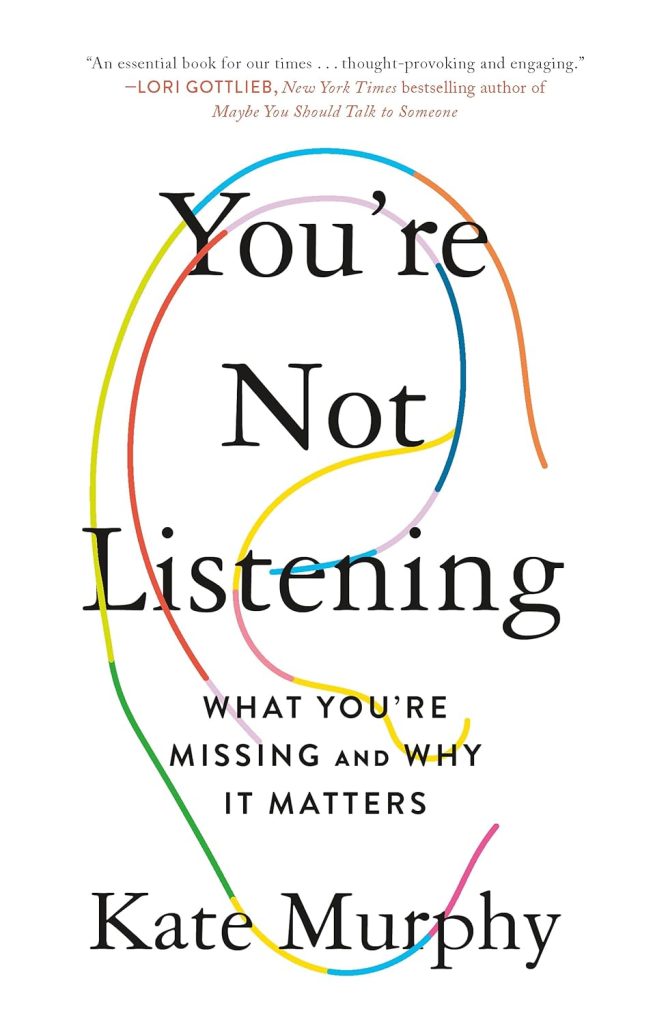
Our culture has a speaking bias. We give awards to the best speakers, those with the quickest wit and most incisive arguments. Listening, in contrast, is almost completely absent from our efforts at improving communication.
Murphy makes the case that this is woefully misguided. We need to listen more, and better. But what’s needed isn’t a special skill or technique—we already know how to listen. Instead, we need to find the motivation to truly understand what people are saying instead of merely trying to project our own thoughts and motivations.
2. Reclaiming Conversation by Sherry Turkle
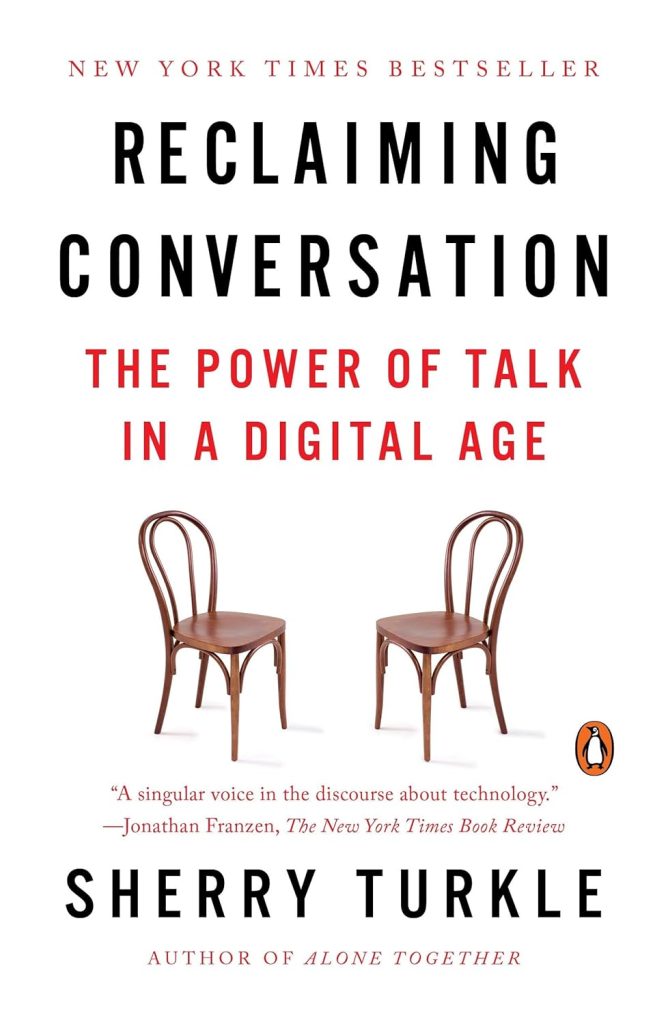
Turkle indicts our modern technological environment for undermining our ability to communicate authentically. Young people feel unable to talk on the phone, anxious about the improvisational nature of conversations that don’t occur over text. Families claim that the dinner table is a “no phone zone,” but the parents pull out their devices at the first empty moment. AI chatbots replace real friends with sycophantic simulacra instead.
Twenty years ago, when I started writing online, it was easy to be optimistic about technology’s role in enhancing communication. Today, it’s hard not to be a pessimist. It turns out that while technology has enabled some new virtues (video calls are a genuine improvement for long-distance friends and family), it has mostly exacerbated our vices.
3. Why Marriages Succeed or Fail by John Gottman

Everyone claims to know the secret to a successful marriage, but few have data. Gottman does.
Gottman has studied couples for decades, taking them into a laboratory setting to rehash a recent conflict, while capturing the details of their interactions. He finds that there are three “stable” styles of relationship conflicts: validators (who compromise and discuss), passionate (who fight strong but make up stronger) and avoiders (who are happier to let sleeping dogs lie).
His research finds that the key variable for marriage longevity is the ratio of positivity to negativity. Couples whose positive-to-negative ratio is at least 5:1 are most likely to stay married. His team has an impressive track-record of predicting marital success as well, with a 94% success rate in anticipating future divorces.
In addition to maintaining positivity, avoid the four horsemen of relationship malcontent: criticism (which attacks the person, instead of the situation), defensiveness, contempt (name-calling and verbal attacks meant to hurt), and stonewalling.
4. Intimate Relationships by Rowland Miller
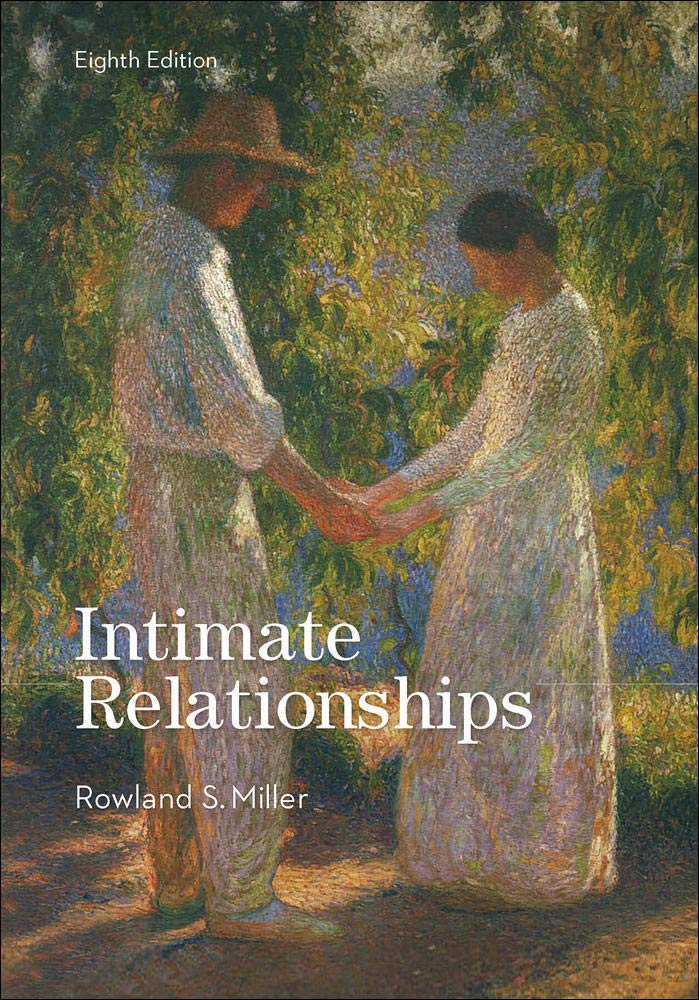
This was my textbook for the month. The data on relationships were wide-ranging and often counter-intuitive. For instance:
- People who live together before getting married are more likely to get divorced later.
- Those who get married experience a bump in happiness, but that bump returns to baseline after a couple years.
- Research finds that marriages tend to fail most often when people have unrealistic expectations about marriage (such as expecting the initial passionate intensity to remain high forever).
- Despite stereotypes, men tend to be more romantic in their beliefs about relationships, being more likely to fall in love at first sight and less likely to compromise on passion for practicality.
- Playing hard to get doesn’t work. Both men and women prefer a partner who is intensely interested in them (and only them).
Most of the data here describe relationships rather than provide useful advice for having a better relationship. But descriptive statistics are generally underrated—you can’t offer advice if you don’t even know what’s typical.
5. Mating in Captivity by Esther Perel
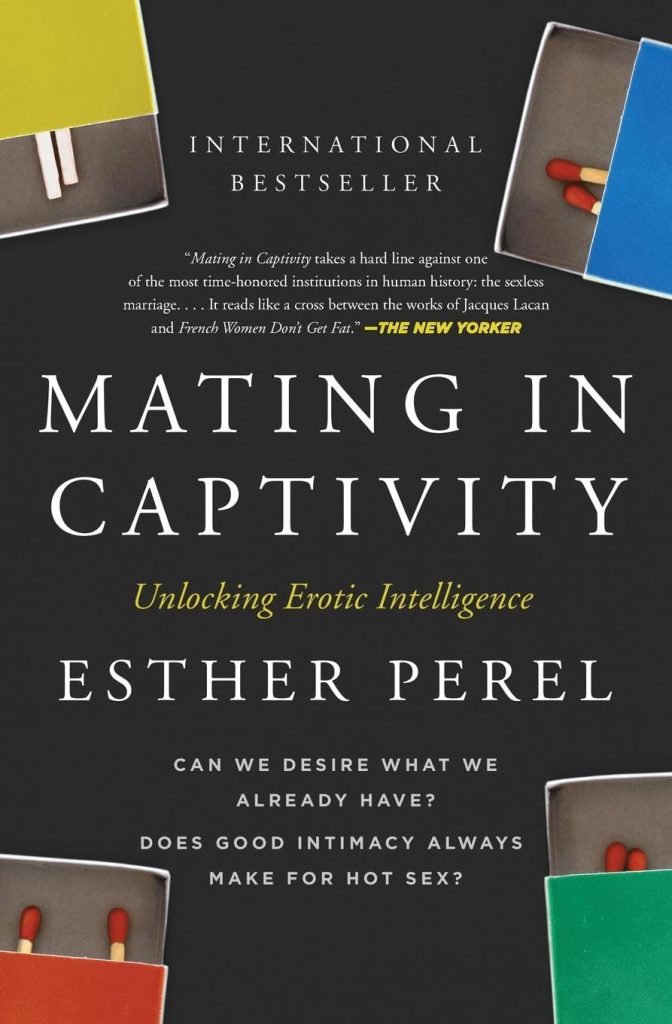
Sex therapist Esther Perel asks if sex can still be hot long after you’ve coupled together. Overall her answer is … maybe?
Despite her equivocation, I found this book interesting for the portraits of her clients: people who feel like they have a great relationship, but aren’t satisfied with their sex life. Perel argues that a mistake of modern relationship counseling is to assume that if a couple simply communicates better, sexual dysfunctions will resolve automatically. Instead, a good sex life depends as much on psychic separateness as it does on intimacy.
Overall, I found it hard to relate to many of Perel’s clients, not to mention a lot of the tentative advice she doles out—divorcing your spouse but remaining together or consensual non-monogamy seem like high-risk gambits just to spice things up a little in the bedroom.
6. Nonviolent Communication by Marshall Rosenberg
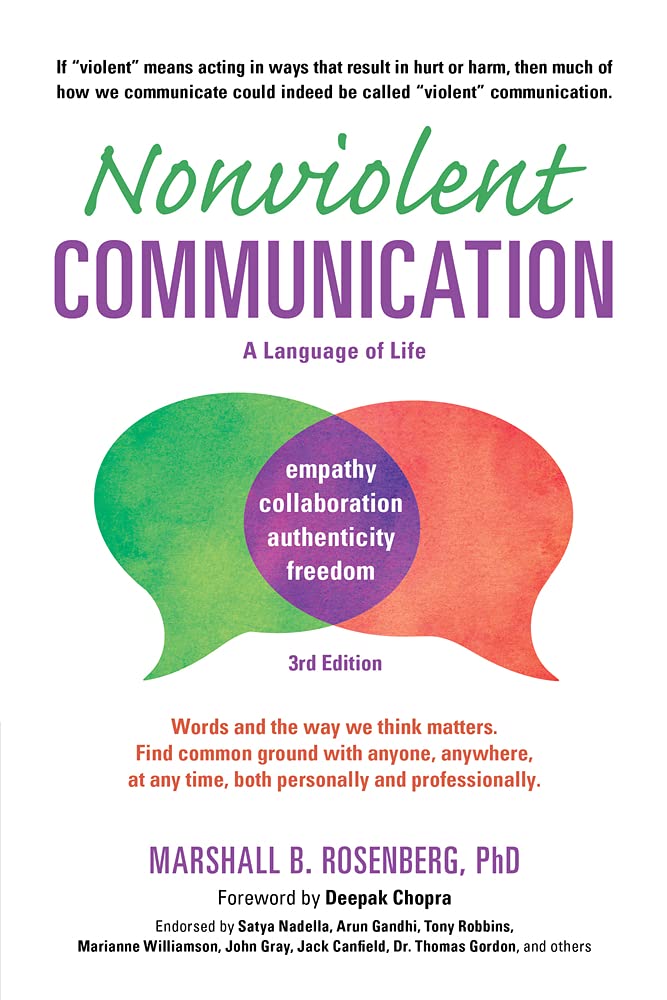
Rosenberg argues that much of our communication is inherently “violent.” We threaten, cajole, criticize, attack and hurt each other with our words. He proposes a style of communication that expresses our feelings while also taking responsibility for them. By listening empathetically and communicating our needs (not demands) we are more likely to get what we want enthusiastically from other people.
I have to admit I was a bit skeptical upon hearing about this book, but the detailed examples of the method won me over. Saying things like, “It annoys me when you’re late,” may sound innocuous, but it puts the other person on the defensive. Rosenberg’s prescription would be to express your feelings while also taking responsibility for them. “I was feeling agitated because I had expected you to come earlier than you did,” does really seem like an improvement.
7. The New Psychology of Love by Robert Sternberg and Karen Weis

I didn’t manage to finish this entire volume, as it was more theoretical than useful.
The book was largely about different theories of love—ranging from explanations about love’s origins, to theories as to what constitutes love. The basic conclusion is that love is universal across cultures, evolutionarily adaptive, and has multiple components (caring/attachment/sex, passion/intimacy/commitment), although researchers can’t entirely agree on which ones.
*8. The Anatomy of Marital Happiness by Sam Peltzman
Okay, so technically this was a paper, rather than a book, but I found it so fascinating that I just had to include it here.
Economist Sam Peltzman looks at data from the United States’s General Social Survey, which includes a question asking people how happy they are. Those who are married enjoy a robust happiness advantage compared to non-married people. The difference is not trivial: a married person in one of the poorest 10% of households—with combined household earnings of under $19,000 per year—would need to earn over $200,000 per year to make up for the happiness penalty for being single.
The marital happiness premium is robust to all sorts of ways you can slice the data. Cohabitation also increases happiness (but not as much as being married). The marriage premium doesn’t go away when you control for age, gender, income, race, education, whether you’re gay or straight, or even if your marriage is a sexless one.
The easy conclusion would be that getting married is probably the #1 thing you can do to improve your personal happiness. But correlation isn’t causation. Indeed, the research from Intimate Relationships suggests the arrow of causality is probably reversed—people don’t seem to get much permanent happiness boost after being married.
Instead, the more plausible (albeit, disappointing) implication is that happy people are much more likely to wed and stay married. Still, I found the research refreshing as an antidote to the numerous cliche’s about marriage being a cause of misery—the data show conclusively that those who partner up are happier than their single peers.
===
That’s it for my reading. In the next post, I’ll share some personal reflections from a month focusing on connection.
The post 7 Books (and 1 Paper) on How to Have Better Relationships appeared first on Scott H Young.


































































![https //g.co/recover for help [1-866-719-1006]](https://newsquo.com/uploads/images/202506/image_430x256_684949454da3e.jpg)





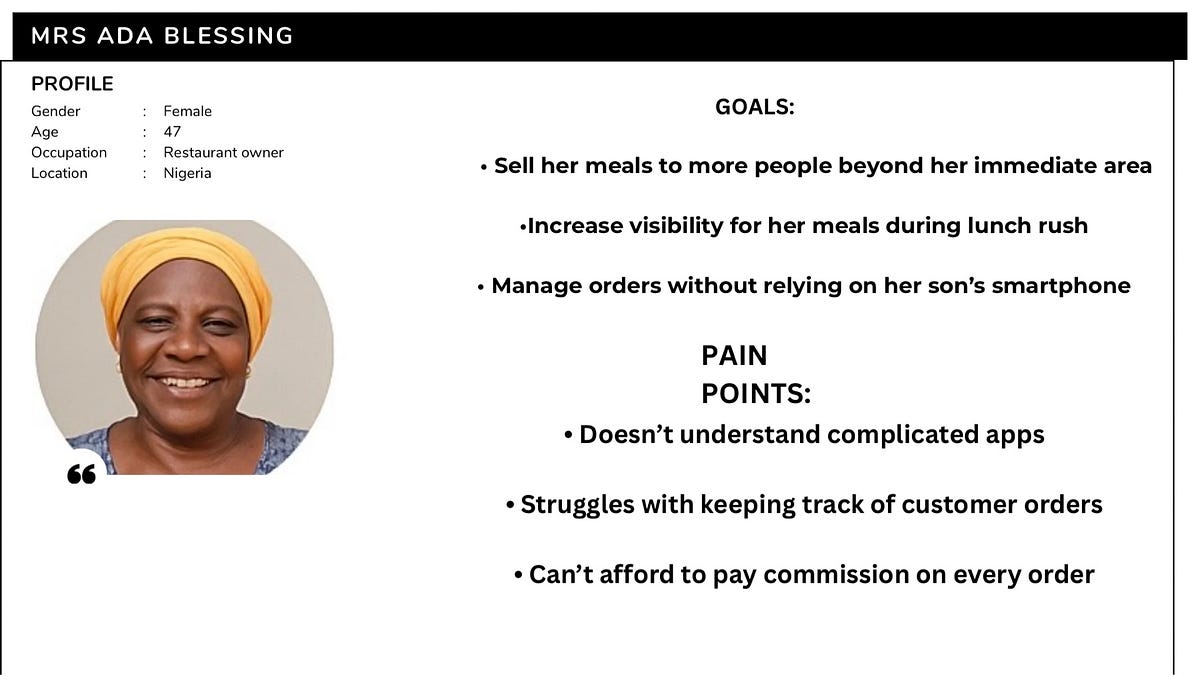

















![How Smart PMs Scale Their Careers in Any Org [TPG Live Recap]](https://tpgblog.com/wp-content/uploads/2025/06/2025-06-12-thumbnail-action.png?#)









































